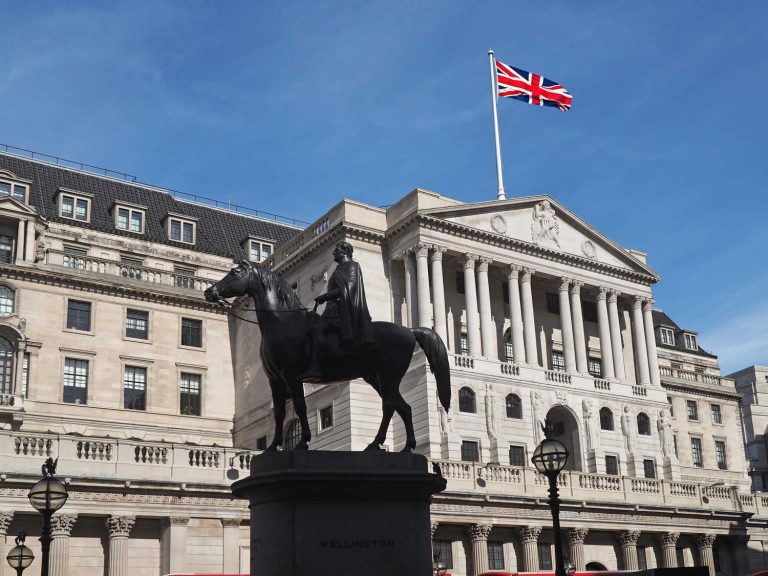
Date:
Inflation data raise hopes of soft landing
The significant drop in UK inflation from 8.7% in May to 7.9% in June is the first fall since last November, and is a 15 month low that could hopefully be a turning point in the cost of living crisis.
Global logistics is the barometer for UK trade and the health of the economy both within the UK and internationally.
There are some green shoots of recovery and optimism based around recent performance and statistics on import and export trade for both goods and services.
The current situation with interest rate rises, inflation being tempered and FX seem to be resulting in growing trade to and from the UK over recent months.
Financial markets lowered their expectations of an interest rate rise, anticipating a quarter rather than half point increase, which was confirmed at the Bank of England’s meeting today. Raising the Base Rate to 5.25%, its 14th consecutive rise.
Sterling fell 1.1% against the dollar at $1.2897, as the inflation news broke, ending a four-month run during which inflation outstripped forecasts.
Aided by a drop in the cost of motor fuels, the headline figure was the lowest since March 2022, but while underlying “core” inflation fell slightly to 6.9%, it is still above the long term norm of 2%, which is why the BoE increased rates again, though it did opt for the 25 basis points hike rather than 50 basis points.
Producer input prices have fallen by 2.7% since June 2022, mainly due to the fall in oil prices, which affects manufacturing and transport costs and imported food prices fell by 4% in June compared with May.
It takes time for input prices to feed through to cheaper exports and falling consumer prices, but this is now happening and becoming more widespread, with producer prices falling since March and the consumer price index (CPI) slowing since April.
With inflation on the decline, the question is how much higher rates need to go to maintain downward pressure on inflation and with it demand, and how resilient the economy will be if interest rates remain higher for longer.
The impact on the supply chain caused by the drop in demand continues to be felt, with the erosion of container spot rates and shipping lines offloading surplus capacity to try and support rates.
However, with recession in Europe and the US looking less likely, demand may pick up as cheaper supply chain costs filter through to price tags on the high street.
Given the uncertainty around how fast inflation will fall, the BoE may want positive real rates on the two-year horizon and until inflation is back to target, which might imply base rates remain around 5% for an extended time.
Between 1997 and 2007, the Bank’s rate averaged 5.4%, GDP grew at an average annual rate of 2.85%, inflation averaged 1.8% and business investment rose by 4% every year.
The combination of moderately higher interest rates with significantly lower inflation may avoid a recession and make for a soft landing instead.
We help businesses survive and thrive in these difficult times, so contact us now to arrange a free supply chain operations and financial health check, and discover where the efficiencies and cost savings are for your business.
To discuss the subject detailed here please EMAIL Laurence Burford, Finance Director at our Birmingham HQ.
